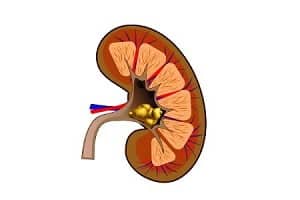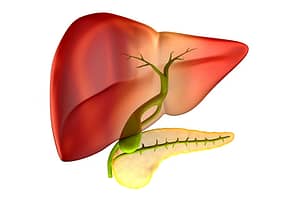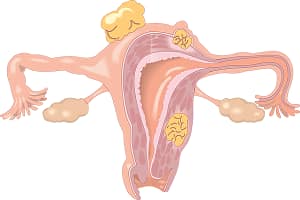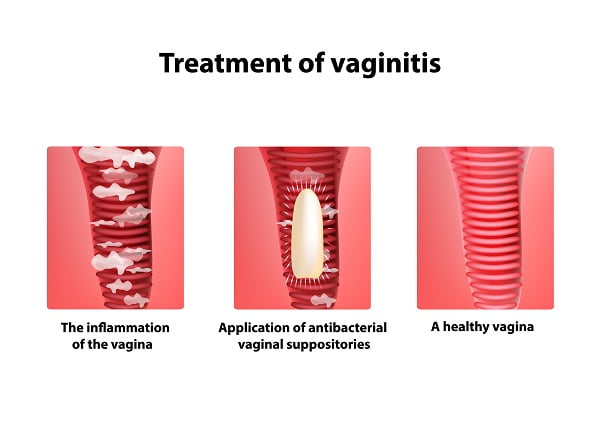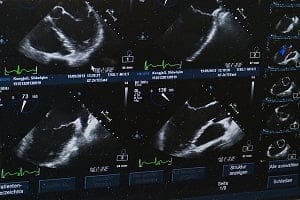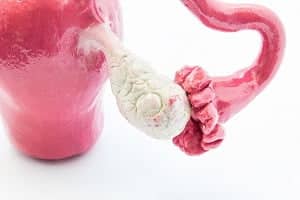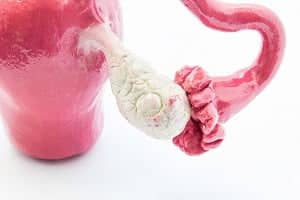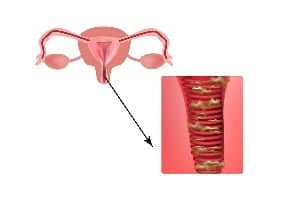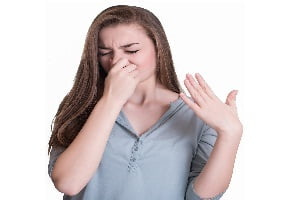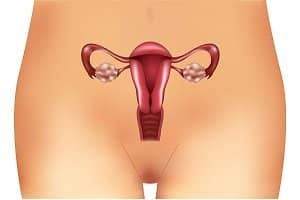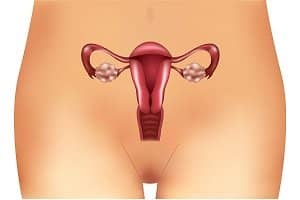Browsing: Women Health

The page provides quick access to a list of common diseases, syndromes, health conditions, and other topics of health importance pertaining to women’s health. The list is organized alphabetically. Links are provided to respective diseases sections that serve as a comprehensive and ultimate guide about the disease or health condition.
A gynecological disorder involves damage or risk to any female reproduction organ, which includes the abdominal and pelvic area, i.e., ovaries, uterus, fallopian tubes, vagina, vulva and breasts. Some of these disorders can even affect the proper functioning of the reproductive system and may create difficulty during pregnancy or child birth.
Healthcare professionals believe that every woman may suffer from one or another type of gynecological condition at some point in their life. In the past few years, the incidence of few gynecological disorders has sternly increased such as endometriosis, uterine fibroids and breast cancer. They have not only affected adult women, but teenage girls also have shown high incidence of certain gynecological diseases.
From puberty till menopause, a woman’s reproductive organs are continuously changing due to sexual activity, pregnancy and aging. These changes occur due to variation in hormonal levels in the body. An injury or a disease can also affect your reproductive system, leading to a gynecological disorder.
Common gynecological disorders include dysmenorrhea, vulvodynia, chronic pelvic pain, breast cancer, polycystic ovary syndrome, endometriosis, uterine fibroids, vaginitis and menstrual cramps.
Most cysts never get noticed and resolve without the woman even noticing that they had cysts. Most ovarian cysts dissolve and disappear on their own after several menstrual cycles. It is logical to think that when you stop having periods, chronic conditions of your female reproductive organs will also go away.
Mild cases (non-infectious vaginitis) vaginitis can be treated by just adopting some preventive measures. However, severe cases which carry more severe risks, require a proper treatment under the guidance of a healthcare professional. Bacterial vaginosis and trichomoniasis are severe types of infections and increase a woman’s risk of getting HIV infection.
Ovarian Cyst Ultrasound
The first step in the diagnosis of a ruptured ovarian cyst is an ultrasound also called ultrasonography that allows your doctor to see inside of your abdomen. In case of a ruptured ovarian cyst, the ultrasound usually will show some fluid around the ovary, and may even show the empty sac.
Ovarian cyst rupture is a medical complication in which the cyst ruptures causing intense pain and internal bleeding in the pelvic region. Ovarian cysts rupture when there is too much fluid accumulation inside the sac and the sac cannot withstand the resulting pressure. The sac then simply tears, hence the rupture or burst.
Vaginitis is a common condition that affects girls and women of all ages. The discharge from vagina is accompanied by a bad odor and is of different color. The condition causes irritation and pain. People with vaginitis experience severe discomfort and irritation in the genital region. Painful sexual intercourse is another sign.
What are the Complications of Endometriosis?
Women who suffer with endometriosis sometimes go through a number of complications such as fertility issues and ovarian cysts. They can face problems in conceiving a child and keeping it to the term. In some cases, the doctor also warns the patient to have the child soon if a lady is diagnosed with endometriosis.
What is Vaginitis?
Vaginitis is the inflammation of vagina that generally develops along with inflammation of the vulva, a condition called vulvovaginitis. Infectious vaginitis may be caused due to bacteria, fungus, or a parasitic organism. Bacterial vaginosis is the most common bacterial infection that can cause vaginitis. The disease can cause vaginal pain.
Painful menstruation is the most common symptom of endometriosis. The pain starts a week before ovulation and continues even after about a week of periods. Pain occurs with severe cramping. Endometriosis is often mistaken for ovarian cysts and pelvic inflammatory disease (PID) due to similar symptoms of these diseases.
Symptoms of PCOS develop due to high levels of male hormones called androgens that are present and circulate in the body. The symptoms often appear around first menstrual period during puberty. Sometimes, the early signs may develop in later stages as a response to weight gain. Signs of polycystic ovary syndrome may vary from person to person.
There is no cure for endometriosis. But, you can improve infertility and pain caused due to endometriosis with available treatment options. Treatment of endometriosis depends on various factors such as age of the patient, severity of symptoms, and whether you are planning for children in future.
